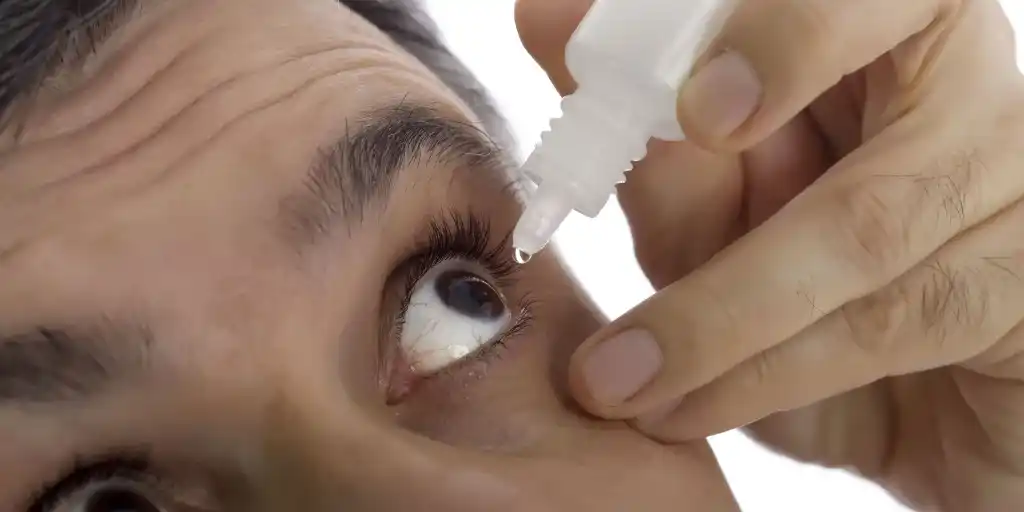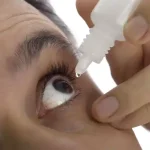The infection of the tear sac (lacrimal sac)located on the inner part of eye which is called Dacryocystitis. As tears leave your eyes they drain through this sac. Tears help in keeping your eyes hydrated, free from bacteria and clean. The lacrimal glands underneath your upper eyelids produce tears which travelthrough small openings to the front of your eyes. For new tears, the fluid drains out through small holes, called puncta, in the corners of upper and lower eyelids. After that,it drains through the nasolacrimal sac into the tear duct and then back of your nose. Usually, infections are caused by the blockage in the lacrimal duct that allows bacteria to build up inside the tear sac. The infections that start suddenly is called acute dacryocystitis. Symptoms of acute dacryocystitis include:
- Redness, pain, and swelling in the inner corner of the eye
- Watery eye
- Next to the nose there can be swelling in the corner of your eye
- Redness of the eye
- Pus or mucus
- Fever
Symptoms of chronic dacryocystitis are usually milder. You may notice tearing and some discharge from your eye, but little to no swelling. Treatment The treatment for dacryocystitis is antibiotics which kill the bacteria that caused the infection. To relieve pain and swelling from the infection your eye doctor may also prescribe antibiotic eye drops or ointment. After you are free from an infection you may need a procedure called dacryocystorhinostomy (DCR). This surgery bypasses the blocked duct by removing the nearby bone. This allows tears to drain directly from the lacrimal sac into the nose. Widening the duct prevents you from getting the infection in the future. Causes The infection mostly starts because of a blockage in the tear duct. Possible causes of this blockage include:
- injury to the nose or eye
- growths inside the nose called nasal polyps
- sinus inflammation
- nasal or sinus surgery
- foreign object in the duct
- cancer
Congenital Dacryocystitis is most common in babies, who can be born with a blockage of the tear duct. As compared to men, middle-aged women are more likely to have a blockage because their duct is naturally narrower. The condition becomes more common as you age. Some other risk factors for dacryocystitisincludes:
- Deviated septum, when your septum (the thin wall between your nostrils) is off-center that can make one nostril smaller than the other
- Rhinitis, or inflammation of the mucous membrane in the nose
- Swelling of one of the bony structures or inferior turbinate hypertrophy in your nose that help to filter and humidify the air you breathe
If you are suffering from the tear duct infections, consult to your nearby eye doctor.





